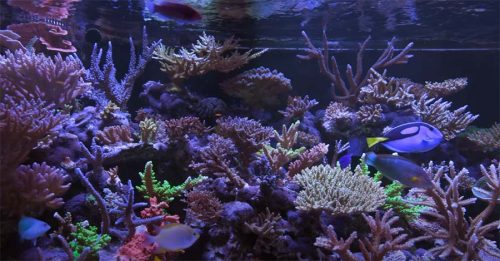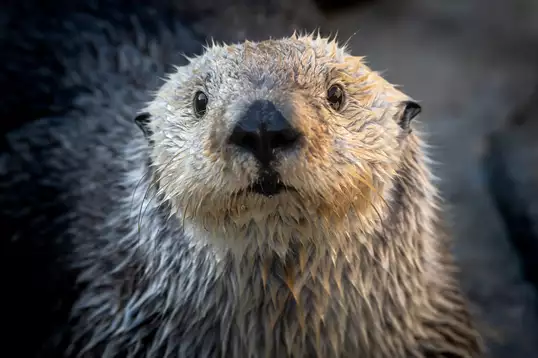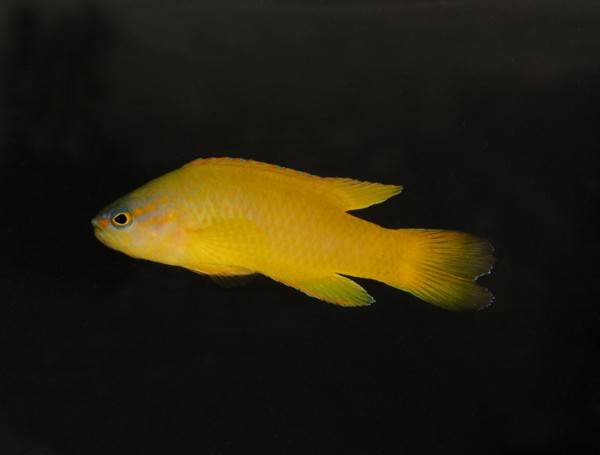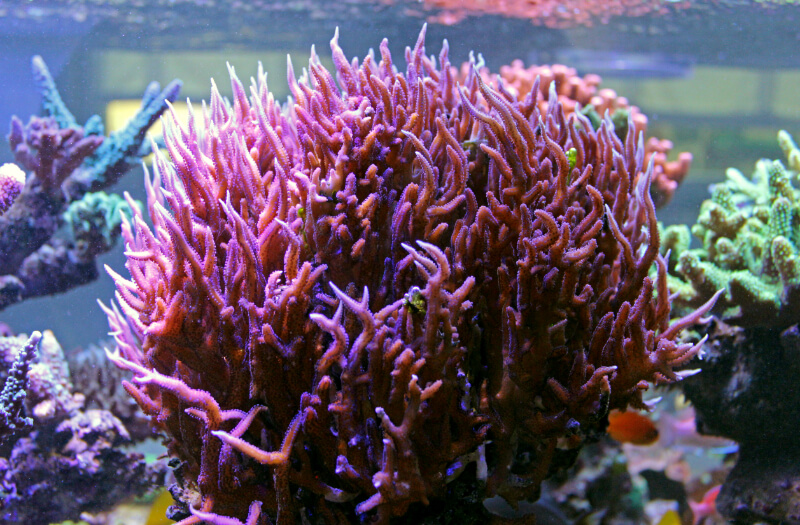For a few years now, Than Thein and I have discussed the disconnect between the hobby community and the science community. Sometimes, hobbyists are debating concepts that are well fleshed out and understood within the science community. Sometimes, hobbyists have a stronger understanding of life cycles and the interactions between organisms than the scientists do. And SOMETIMES both sides could benefit from some one-on-one time together.
The first article we discussed in the Reef Receipts series was such an article.
Biological controls to manage Acropora-eating flatworms in coral aquaculture
This article was being shared around a bit right after we discussed it. Basically, the researchers gave wrasses and shrimp 24 hours to eat as many acro-eating flatworms (AEFW) and AEFW eggs as possible. The control was a tank with no shrimp or wrasses. As you can see in the chart below, the shrimp and wrasses ate every single AEFW. The wrasse did not touch the eggs, but the shrimp ate almost all of them.
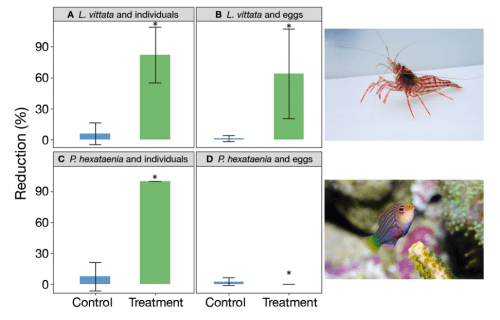
Proportion of Acropora-eating flatworm individuals and egg capsules removed in the presence and absence of biocontrols. Copied from Biological controls to manage Acropora-eating flatworms in coral aquaculture.
We Can Stop the Life Cycle of AEFW with a Common Fish and Shrimp!
This may seem like an amazing feat and the solution to managing AEFW. According to this study, it should be incredibly easy to stop the life cycle of AEFW in its tracks by throwing in a 6 line wrasse. They will eat all the AEFW before they can even lay eggs, right? And even if they do lay some eggs, we can throw in a peppermint shrimp for good measure. But I have some reservations. Many of you who have battled AEFW whilst a 6 line wrasse was in the tank probably have the same reservations, because we do not see the lifecycle of AEFW instantly stop in the presence of a wrasse.
Or can we?
So let’s look at the experimental design. I will give these researchers major props for one thing. They fed the wrasses and shrimp in the experiment daily for almost a month. This means that the predatory behavior observed is not a function of starvation.
But there are some issues that make it hard to generalize this study to reef tanks or even aquacultured acropora tanks. The tanks used in this study were tiny – 1 gallon (shrimp) and 13 gallons (wrasse). The only tanks only had some acropora frags, AEFW and eggs, and either a wrasse or a shrimp. If you have ever watched a 6 line wrasse swim, you know it is frisky. They are curious and remind me a bit of cats. If something is moving, they will peck at it. It does not surprise me at all that in this small space, the wrasses would eat everything that is moving. The same goes for a shrimp that is confined in a 1 gallon tank. Well-fed or not, I do not put it past a shrimp to pick off everything that is detachable in a 24 hour time span. In fact, I wonder if any of the shrimp decided to pull off parts of the acropora frags themselves. Alas, the authors do not give us this information, but how many of you can envision this exact thing happening?
Where do we go now?
Let’s not throw out the baby with the bath water, or… AEFW with the tank water? I think this study is valuable. There are so many variables in an aquaculture facility and in our reef tanks that if we did observe a population of AEFW going to 0, it would be very difficult to pinpoint the reason. This study did just that. It whitteled through all the variables and pointed precisely to two organisms that could potentially be eating AEFW and their eggs and proved that they could and would eat those food items.
The next steps would involve adding more variables to the scenario and observing predatory behavior. For instance, would these behaviors be repeated if there were other prey options? Are they prey that wrasses or shrimp prefer over AEFW? How large of a tank could wrasses and shrimp diminish the population of AEFW to 0 in a 24 hour time span? Does surface area to search impact the rate at which wrasses and shrimp prey on AEFW or their eggs. There are many other questions that would be helpful in a follow up study.
If you are curious about the study, or Than’s take on it, please check out the paper and our Youtube video below!
Barton, Jonathan & Humphrey, Craig & Bourne, DG & Hutson, Kate. (2019). Biological controls to manage Acropora-eating flatworms in coral aquaculture. Aquaculture Environment Interactions. 12. 10.3354/aei00347. Link to Article: (PDF) Biological controls to manage Acropora-eating flatworms in coral aquaculture (researchgate.net)

